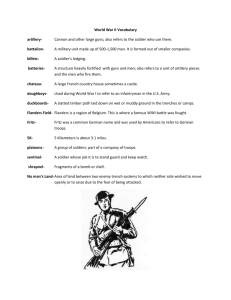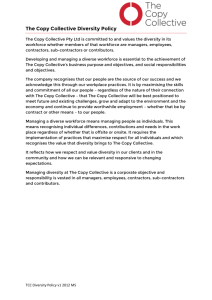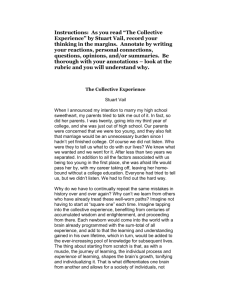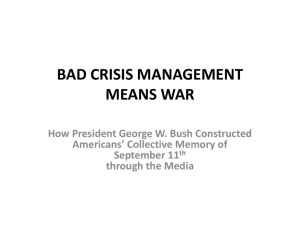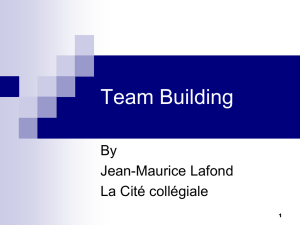Collective memory
advertisement
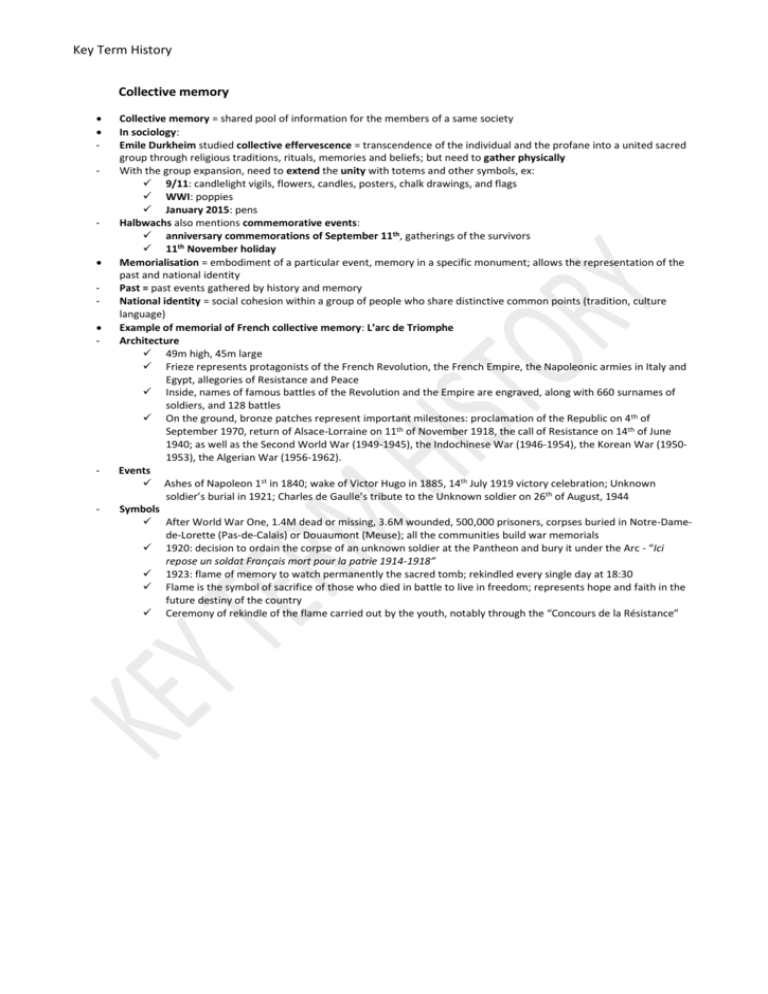
Key Term History Collective memory - - - Collective memory = shared pool of information for the members of a same society In sociology: Emile Durkheim studied collective effervescence = transcendence of the individual and the profane into a united sacred group through religious traditions, rituals, memories and beliefs; but need to gather physically With the group expansion, need to extend the unity with totems and other symbols, ex: 9/11: candlelight vigils, flowers, candles, posters, chalk drawings, and flags WWI: poppies January 2015: pens Halbwachs also mentions commemorative events: anniversary commemorations of September 11th, gatherings of the survivors 11th November holiday Memorialisation = embodiment of a particular event, memory in a specific monument; allows the representation of the past and national identity Past = past events gathered by history and memory National identity = social cohesion within a group of people who share distinctive common points (tradition, culture language) Example of memorial of French collective memory: L’arc de Triomphe Architecture 49m high, 45m large Frieze represents protagonists of the French Revolution, the French Empire, the Napoleonic armies in Italy and Egypt, allegories of Resistance and Peace Inside, names of famous battles of the Revolution and the Empire are engraved, along with 660 surnames of soldiers, and 128 battles On the ground, bronze patches represent important milestones: proclamation of the Republic on 4th of September 1970, return of Alsace-Lorraine on 11th of November 1918, the call of Resistance on 14th of June 1940; as well as the Second World War (1949-1945), the Indochinese War (1946-1954), the Korean War (19501953), the Algerian War (1956-1962). Events Ashes of Napoleon 1st in 1840; wake of Victor Hugo in 1885, 14th July 1919 victory celebration; Unknown soldier’s burial in 1921; Charles de Gaulle’s tribute to the Unknown soldier on 26th of August, 1944 Symbols After World War One, 1.4M dead or missing, 3.6M wounded, 500,000 prisoners, corpses buried in Notre-Damede-Lorette (Pas-de-Calais) or Douaumont (Meuse); all the communities build war memorials 1920: decision to ordain the corpse of an unknown soldier at the Pantheon and bury it under the Arc - “Ici repose un soldat Français mort pour la patrie 1914-1918” 1923: flame of memory to watch permanently the sacred tomb; rekindled every single day at 18:30 Flame is the symbol of sacrifice of those who died in battle to live in freedom; represents hope and faith in the future destiny of the country Ceremony of rekindle of the flame carried out by the youth, notably through the “Concours de la Résistance”



